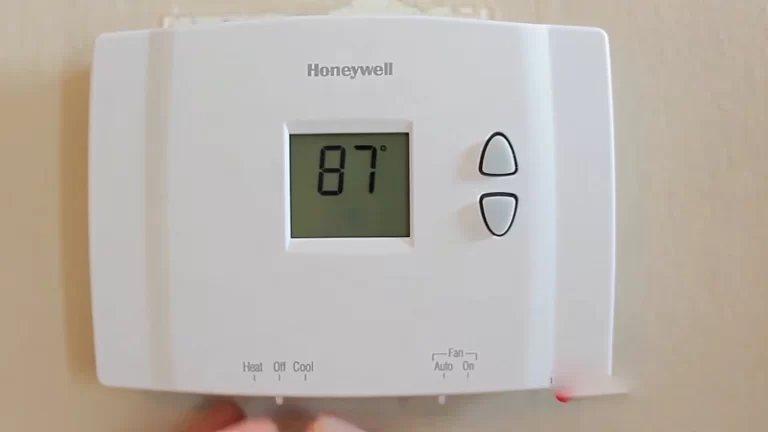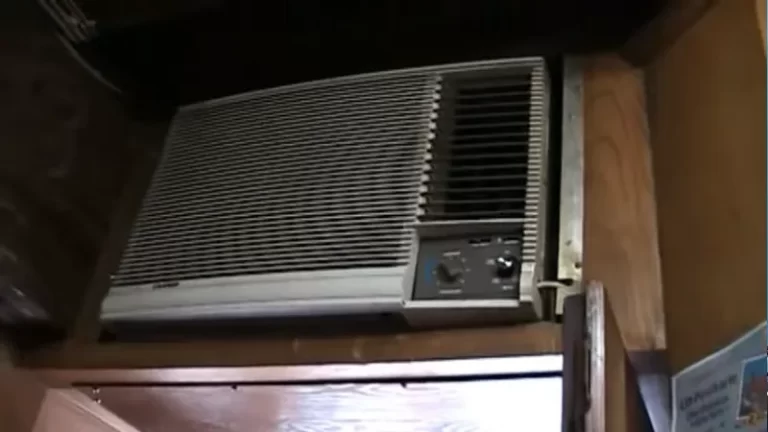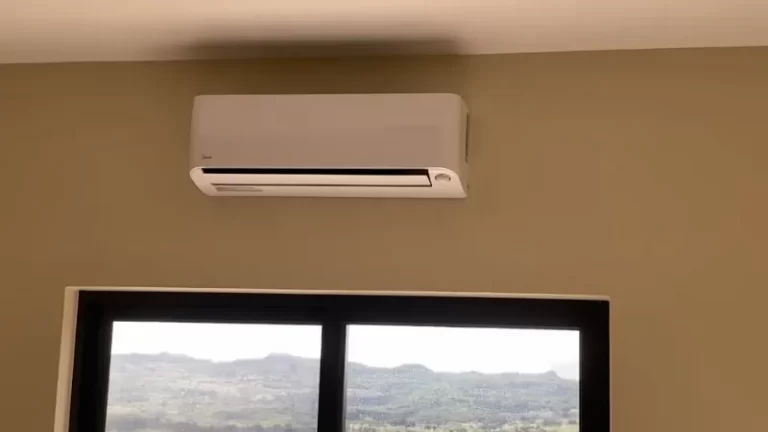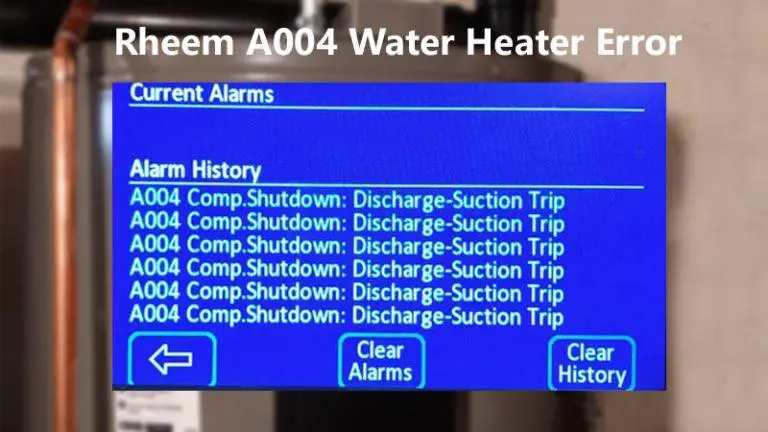White Haze in Your House? Uncover the Culprit & Reclaim Your Air
You meticulously clean your home, wiping down every surface, only to find a persistent, fine white haze reappear just days later. It settles on your dark furniture, coats your electronics, and dances in the sunbeams. This frustrating film isn’t just an aesthetic nuisance; it’s a sign that something is off with your indoor environment.
If you’re constantly battling this mysterious white dust, you’re not alone. Many homeowners face this issue, wondering about its origin and potential health implications. This comprehensive guide will illuminate the common causes of white haze in your house, helping you pinpoint the source and implement effective, lasting solutions.
You'll Learn About
Decoding the Haze: What is This White Dust?
Before you can effectively combat the white haze, it’s crucial to understand what it is. In most homes, this fine powder is composed of mineral deposits. The primary culprit is often hard water, which is water with a high concentration of dissolved minerals like calcium and magnesium.
When this water is aerosolized, meaning turned into a fine mist, and then evaporates, it leaves these mineral particles behind. These tiny particles are incredibly light and can remain suspended in the air for extended periods, eventually settling on surfaces as a fine white dust. While generally not a serious health risk for most people, it can be an irritant, especially for those with respiratory issues.
Is White Dust Harmful to Your Health?
For the average healthy individual, the white dust from mineral deposits is more of an annoyance than a health hazard. The minerals are the same as those found in drinking water and are typically considered safe if inhaled or ingested in small amounts. However, for individuals with pre-existing respiratory conditions, the situation is different.
People with asthma, allergies, or other lung sensitivities may find that any type of airborne particulate, including this mineral dust, can aggravate their symptoms. The fine particles can be inhaled, potentially causing irritation in the lungs and triggering allergic reactions or asthma attacks in those who are susceptible. Therefore, minimizing this dust is a key step toward maintaining healthy indoor air quality.
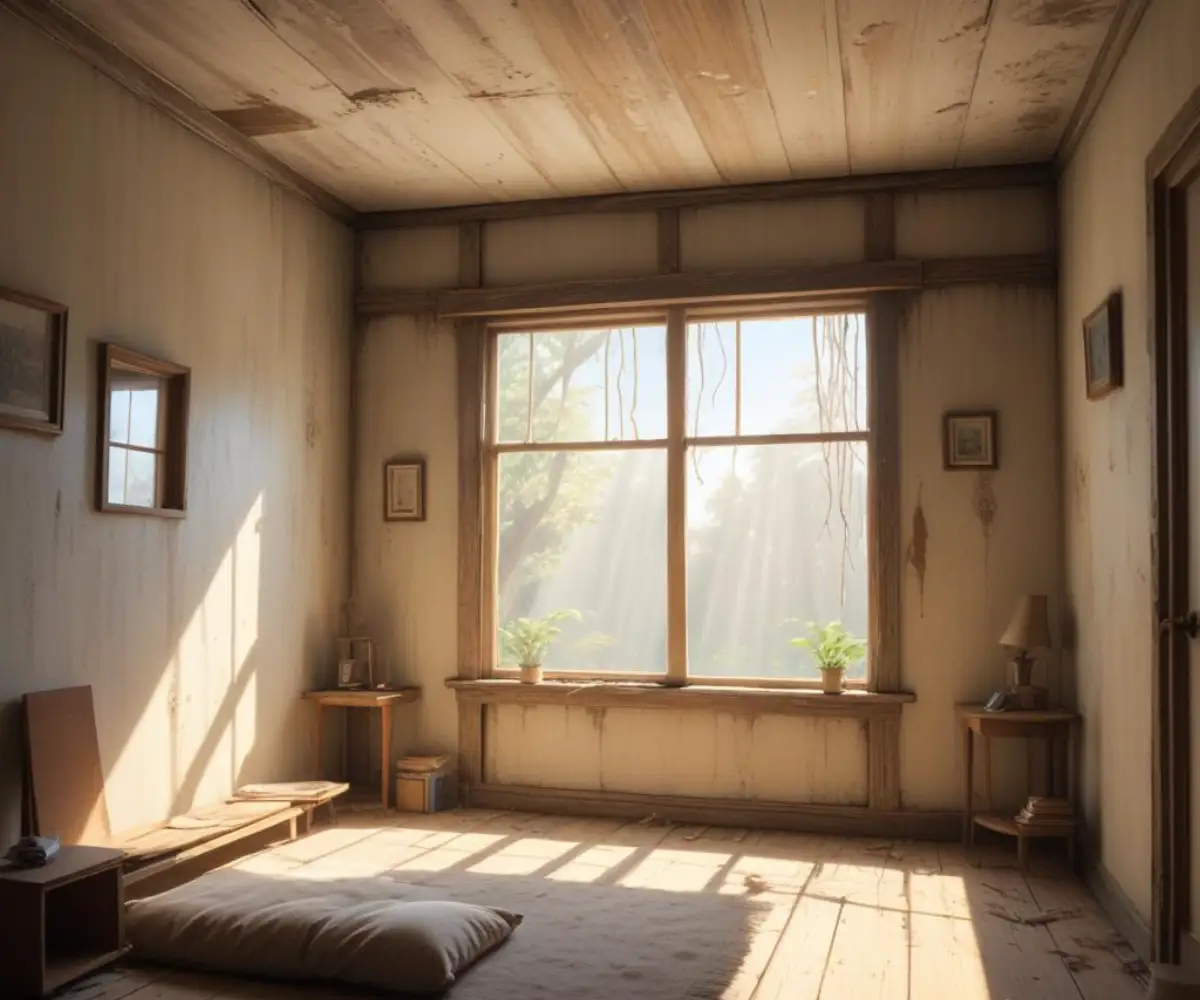
Prime Suspects: Unmasking the Sources of White Haze
Several common household appliances and conditions can be responsible for generating and distributing white dust. By systematically investigating each potential source, you can identify the root cause of the problem in your home. Let’s explore the most frequent offenders.
The Humidifier Connection: A Common Culprit
Ultrasonic and impeller humidifiers are frequently the primary source of white dust in homes. These types of humidifiers work by creating a cool mist. Ultrasonic models use high-frequency vibrations to break water into microscopic droplets, while impeller models use a rapidly rotating disc to achieve the same effect.
If you use tap water, which is often high in mineral content (hard water), these humidifiers will disperse the mineral particles along with the water vapor into your air. As the water evaporates, the minerals are left behind, blanketing your home in a fine white film. The harder your water, the more significant the white dust problem will be.
Your HVAC System: An Unwitting Accomplice
Your heating, ventilation, and air conditioning (HVAC) system is designed to circulate air throughout your home, but it can also be a major distributor of dust. If white dust is being generated from another source, the HVAC system will efficiently spread it to every room.
Furthermore, the system itself can be a source. Leaky or unsealed ductwork can pull in dust from attics, basements, or crawl spaces. If there has been recent construction or renovation involving drywall, fine drywall dust can get into the system and be circulated for weeks or even months. Sometimes, a component within the furnace itself can degrade and produce particles, which might require a professional inspection. For instance, if you notice unusual amounts of condensation, it might be a different issue entirely, such as steam coming from your furnace, which warrants immediate attention.
Construction and Renovation Aftermath
Have you recently undertaken a home improvement project? Drywall dust is a very common source of pervasive white dust. The fine powder generated from sanding drywall compound is notoriously difficult to contain and can easily infiltrate your HVAC system, leading to a long-lasting haze.
Even if you’ve sealed off the work area, these fine particles can find their way into the rest of the house. Similarly, sawing wood, cutting tile, or sanding floors can produce large quantities of fine dust that linger in the air. Cleaning up after a renovation is more than just a surface-level job; it often requires a deep clean of your entire ventilation system. Sometimes, construction mishaps leave behind other residues, like needing to figure out how to remove concrete splatter from Hardie board, but airborne dust is a more insidious problem.
Other Potential Household Sources
While less common, other factors can contribute to a white haze. In some cases, a phenomenon known as efflorescence can be the cause. This occurs when water seeps through concrete or masonry, dissolving salts within it and depositing them on the surface as a white, powdery substance. This is more common in basements or on concrete floors.
Additionally, some household products can contribute to dust. High-lint paper products, like certain brands of toilet paper or paper towels, can release fine fibers into the air. Even crumbling plaster from older walls or ceilings can be a source of persistent white dust.
Your Action Plan: Eradicating the White Haze for Good
Once you’ve identified the likely source of the white dust, you can take targeted steps to eliminate it. The solution often involves a combination of changing your habits, maintaining your appliances, and improving your home’s overall air quality.
Tackling Humidifier-Related Dust
If your humidifier is the culprit, you have several effective options. The most straightforward solution is to stop using tap water. Switching to distilled or demineralized water will immediately solve the problem, as these water types have had the minerals removed.
Alternatively, you can use a demineralization cartridge or filter in your ultrasonic or impeller humidifier. These cartridges are designed to trap minerals before they can become airborne. Another option is to switch to a different type of humidifier, such as an evaporative or warm-mist model, which do not typically produce white dust.
| Solution for Humidifier Dust | Effectiveness | Cost | Effort Level |
|---|---|---|---|
| Use Distilled Water | High | Moderate (ongoing) | Low |
| Install a Demineralization Cartridge | Moderate to High | Low to Moderate (ongoing) | Low |
| Switch to an Evaporative Humidifier | High | Moderate (one-time) | Low |
| Install a Whole-House Water Softener | High | High (one-time) | Low |
Optimizing Your HVAC System for Clean Air
Regular maintenance of your HVAC system is critical for controlling all types of dust. The first line of defense is your air filter. Check and replace your HVAC filter regularly—at least every 90 days, and more frequently if you have pets or live in a dusty area.
Consider upgrading to a higher-quality, pleated filter with a higher MERV (Minimum Efficiency Reporting Value) rating, which can capture smaller particles. For a more comprehensive solution, having your ductwork professionally inspected and sealed can prevent dust from being drawn into the system from unconditioned spaces. This also has the added benefit of improving your system’s energy efficiency.
A Strategy for Deep Cleaning
Eliminating the existing haze requires a thorough cleaning approach. Start by dusting with a damp microfiber cloth, which will trap the dust rather than just pushing it back into the air. Work from the top of the room down, so dust that falls is captured in subsequent steps.
Follow up by vacuuming with a machine equipped with a HEPA (High-Efficiency Particulate Air) filter. A HEPA filter is crucial as it can capture the extremely fine particles that make up the white haze, preventing them from being exhausted back into the room. Pay special attention to furniture, carpets, and drapes.
Improving Overall Indoor Air Quality
Beyond addressing the immediate source, you can take steps to improve your home’s air quality in the long term. An air purifier with a HEPA filter can be highly effective at continuously removing airborne particulates, including mineral dust, pollen, and pet dander. Place the unit in the room where you spend the most time, such as the bedroom or living room.
Ensuring proper ventilation can also help. When weather permits, opening windows can help to circulate fresh air and reduce the concentration of indoor pollutants. Bathroom and kitchen exhaust fans should also be used to vent moisture and particles outside. The principles of careful cleaning and attention to detail apply to many home projects, even something as specific as learning how to remove grout from penny tile requires a methodical approach for the best results.
Conclusion: A Clear Home and Clear Air
A persistent white haze in your house is a solvable problem. By playing detective and methodically investigating the most common sources—primarily ultrasonic humidifiers using hard water and leaky HVAC systems—you can identify the root cause. Armed with this knowledge, you can implement targeted solutions, from switching to distilled water to upgrading your air filters.
Reclaiming your home from this frustrating white dust not only improves its appearance but also contributes to a healthier indoor environment for you and your family. A consistent cleaning routine, combined with proper appliance maintenance and air quality improvements, will ensure the haze disappears, leaving you with clear surfaces and, more importantly, clean air to breathe.

